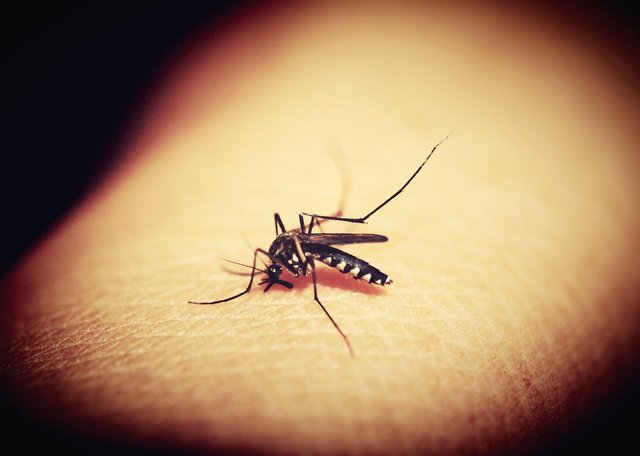A Study on Malaria Parasite
A new study has reconstructed the evolution of the subgenus of Laverania parasites that infect large apes and in particular the Plasmodium falciparum , the pathogen responsible for the most severe form of malaria in humans. The origin of this species is located chronologically between 4000 and 3000 years ago.

Credits
Plasmodium falciparum , the most lethal human malaria parasite, originated as a specific parasitic species of human beings in an era between 4,000 and 3,000 years ago.
This is the main conclusion of a study, which has reconstructed the pathogen of the pathogen, published in the journal "Nature Microbiology" by an international collaboration between the Wellcome Sanger Institute, the French CNRS, the French National Institute of Research for Sustainable Development (IRD) and the International Center for Medical Research in Franceville, Gabon.
P. falciparum is part of the subgenus of parasites called Laverania, which infects only the great apes and humans, chimpanzees and gorillas. But it is the only case in this family that has successfully adapted to the transfer from gorillas to humans, and then spread throughout the world.
Currently, almost half of the world's population is at risk of malaria and over 200 million people are infected every year. In 2016, the disease is estimated to have killed almost half a million people, mostly children under the age of five.

Credits
In recent decades, various studies have tried to estimate the evolutionary stages of P. falciparum . The speciation event was placed temporally over an incredibly wide period of time, between 10,000 and 5.5 million years ago. This uncertainty is the effect of often incorrect estimates on the period of divergence between humans and chimpanzees and the lack of precise sequencing of the genome of P. falciparum , the living sister species closer to P. falciparum , which infects gorillas.
Collecting blood samples taken from chimpanzees and orphaned gorillas as part of routine health checks in the nature reserves and conservation oases of Gabon, the authors sequenced and studied the genomes of all known malaria parasites of the Laverania family. They have thus succeeded in estimating the periods of divergence of the phylogenetic branches of the various parasites, also obtaining valuable information on how the most lethal species appeared.
The fundamental data that emerged from the study is that the phylogenetic branch of Plasmodium falciparum appeared about 50,000 years ago, but its divergence as a species of specifically human parasite has emerged only 3000-4000 years ago.
"Using the genomic data of the parasites, we have built their genealogical tree and identified the main genetic events that led to their appearance: the mutation of a single gene cluster was the initial crucial event that allowed malaria parasites to Infect the red blood cells of a new host species, "explained Thomas Otto, a researcher at the University of Glasgow, Scotland, who co-authored the study.
"After having reconfigured the repertoire of genes that interact with the host and the carrier, ie the mosquito, the parasites have been able to produce infections that can also be transmitted to human beings that may remain in the body for a long time".
A great initiative no doubt. Malaria is one of the most dangerous parasitic diseases on the planet, affecting hundreds of millions of people each year. People need to understand how research is conducted on malaria, how to recognize symptoms and when to seek treatment. Every year from hundreds of millions of infected hundreds of thousands die, despite the fact that there is a medicine, the disease is treatable. thanks for spreading awareness.
GREAT PIECE!!!
Upvoted a full 100% and followed. Thank you so very much for all this information, extremely well written.
Namaste :)
Am very much glad you find this interesting 😁😀. Many more to come.
200 million people every year affected is mind-boggling. While researchers work toward a breakthrough, we should remember basic prevention: avoiding high risk areas like places of stagnant water, wearing effective repellent and reapplying as necessary, and wearing long covering clothes. I wonder how tolerant the parasite will be to global climate changes, undoubtedly mosquitos will be able to live in more areas.
You've been upvoted by TeamMalaysia community. Here are trending posts by other TeamMalaysia authors at http://steemit.com/trending/teammalaysia
To support the growth of TeamMalaysia Follow our upvotes by using steemauto.com and follow trail of @myach
Vote TeamMalaysia witness bitrocker2020 using this link vote for witness
Bagus juga penelitian jintik jamuk malaria @afifa